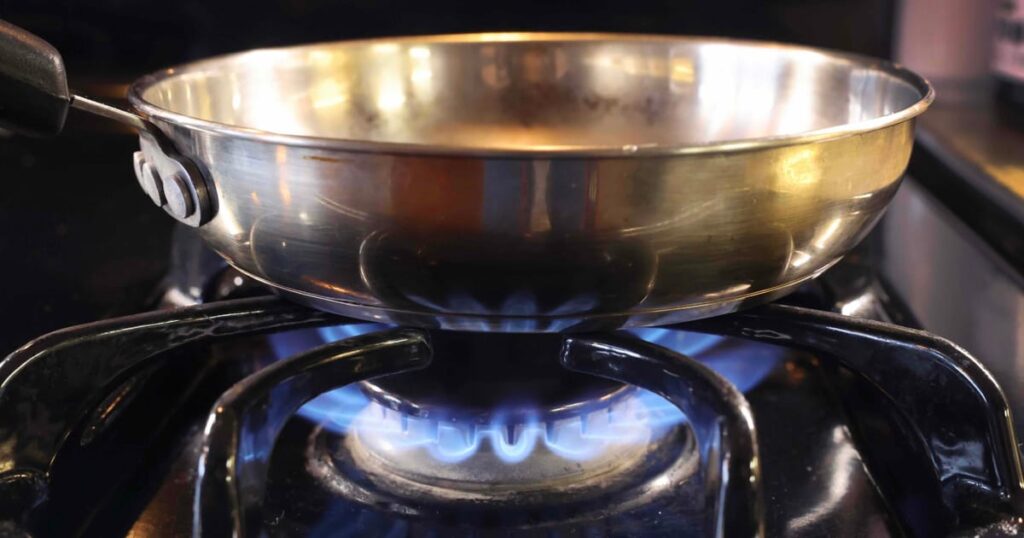Industry groups, including the Home Appliance Manufacturers Association, have vehemently opposed California's bill. “All cooking methods, regardless of heat source, produce air pollutants, especially at higher temperatures,” Jill Nottini, a spokeswoman for the Home Appliance Manufacturers Association, told The Associated Press. “Adding yet another label to gas cooking products does not address the overall concern about indoor air quality while cooking.”
The Public Interest Research Group, which supported both the Illinois and California bills, also filed a lawsuit against GE Appliances, alleging that the company violated the District of Columbia Consumer Protection Act by failing to inform customers of the health risks associated with its gas stoves. The group tested two models of GE stoves and found that both emitted nitrogen dioxide in excess of safety limits set by the U.S. Environmental Protection Agency, the Canadian federal health agency Health Canada, and the World Health Organization.
A class action lawsuit filed last month against Northeast utility Eversource Energy made similar claims, alleging that the company misrepresented the dangers of gas stoves by marketing gas as “safe” and “clean.”
Rob Jackson, a professor at Stanford University who studies pollution exposure from gas stoves, told Canary Media that decades of research have established a link between nitrogen dioxide emissions and asthma, but in recent years there has been “intense interest” in researching pollution exposure, particularly from gas stoves, and as a result scientific knowledge on the issue has become increasingly sophisticated.
“Our field of research is shifting from understanding how much pollutant is emitted from a gas stove to understanding how much pollutant people are breathing in,” he said.
Several studies over the past few years have shed light on the effects of gas exposure. A 2022 study attributed 12.7% of childhood asthma cases to gas stove use. Another study last year found that cooking on a gas stove may release more of the carcinogenic chemical benzene than passive smoking. And researchers in Boston recently found that unburned gas in stoves and pipelines can leak 21 harmful air pollutants into homes.
Last month, Jackson and other Stanford researchers published a study showing that nitrogen dioxide pollutants from gas stoves can waft from kitchens into bedrooms and linger for hours. Long-term exposure to high levels of nitrogen dioxide alone could be responsible for about 50,000 current cases of childhood asthma. The study also found that people living in small homes, as well as American Indian, Alaska Native, black and Hispanic families, are exposed to significantly more pollutants than the average family.
Jackson said the findings highlight how emissions from gas stoves are causing huge health disparities and environmental injustice. “We've underestimated the impact on people.”



